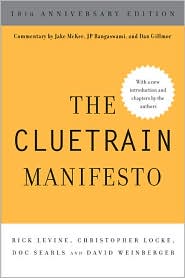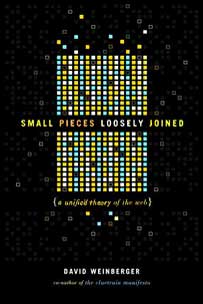June 3, 2015
[liveblog] Miriam Reiner on VR for learning
Miriam Reiner is giving a talk on virtual reality. Her lab collects info about brain activity under VR to create a model of optimal learning.
|
NOTE: Live-blogging. Getting things wrong. Missing points. Omitting key information. Introducing artificial choppiness. Over-emphasizing small matters. Paraphrasing badly. Not running a spellpchecker. Mangling other people’s ideas and words. You are warned, people. |
Her lab lets them provide sensory experiences virtually: you can feel water, etc. New haptic interfaces. There’s a kickstarter project for an Oculus Rift that lets you smell and feel a breeze and temperature.
They also do augmented reality, overlaying the virtual onto the real.
A robot she worked with last year suffers from the uncanny valley. Face to face is important. “Only 10% of information is conveyed through words.”
In an experiment, they re-created a student virtually and had her teach another student how to use a blood pressure machine.
VR can help us understand what learning is. And enhance it.
Exxample: A human wears electrodes. As she plays a VR game, her brain activity is recorded. They measured response times to light, auditory, and haptic signals, Auditory was fastest. But if you put all three together, the response time goes down dramatically. What does this mean for learning? We should find out. It looks like multi-modal sensation increases learning.
If you learn something in the morning, and they test you over the next few days, your memory of it will be best after sleep. Sleep consolidates memory. If you can use neuro-feedback perhaps we can teach people to do that consolidation immediately after learning. Her research suggests this is possible.
“The advantage of vVR is not just in creating worlds that do not exist. For the first time we have a mthod to organize and enhance learning.”









